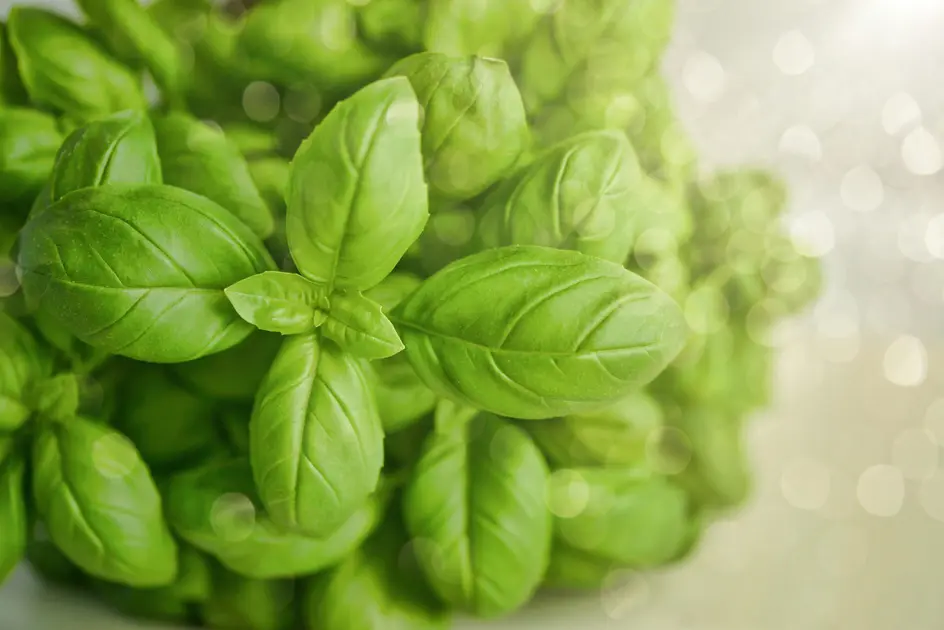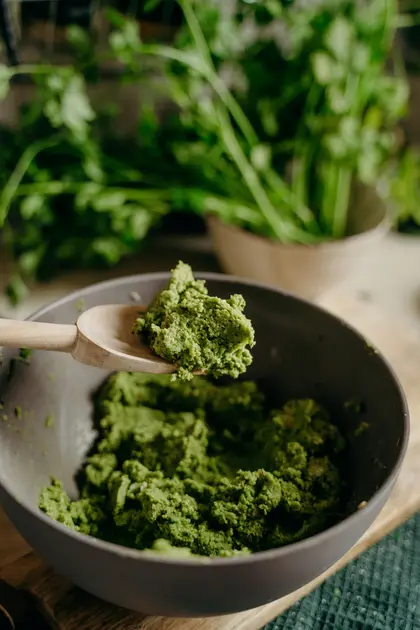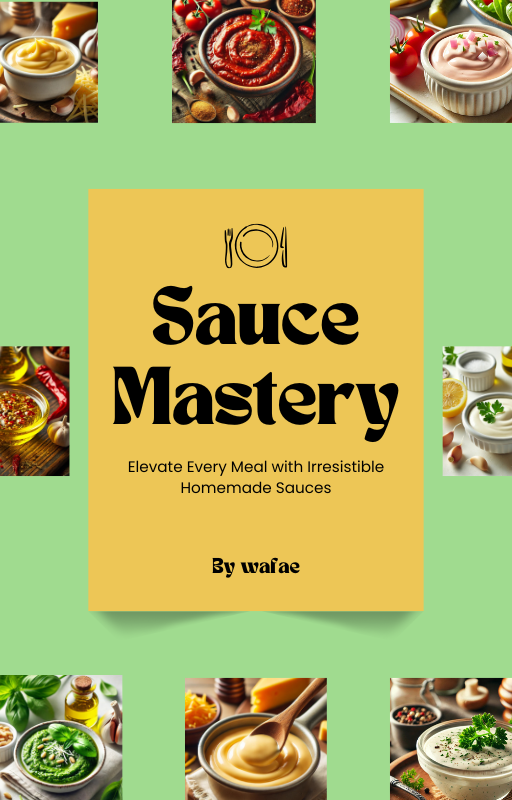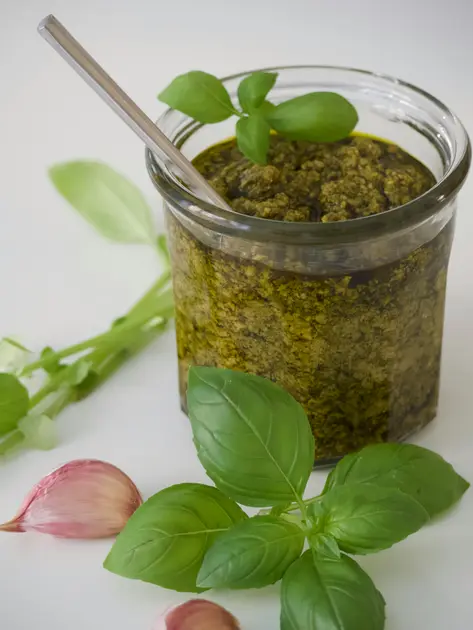The Ultimate Authentic Basil Pesto Recipe: A Taste of Italian Heritage in Your Kitchen
Table of Contents
Meta Description: Discover the secrets to creating the perfect authentic basil pesto sauce with our comprehensive guide. Learn traditional techniques, creative variations, and expert tips for a vibrant, flavorful pesto that will elevate any dish.
Introduction: The Green Gold of Italian Cuisine
Pesto sauce—that vibrant, aromatic green paste that can transform the simplest pasta into a gourmet experience—has captured the hearts of food lovers worldwide. This iconic Italian sauce originated in Genoa in the Liguria region of Italy, where it has been perfected over centuries. Today, I’m sharing not just a recipe, but a journey into the heart of Italian culinary tradition that you can recreate in your own kitchen.
The word “pesto” comes from the Italian verb “pestare,” meaning to pound or crush—a reference to the traditional preparation method using a mortar and pestle. While modern cooks often reach for food processors, understanding the roots of this beloved sauce helps us appreciate its cultural significance and the care that goes into creating its perfect balance of flavors.
The Essential Ingredients: Quality Matters
The beauty of pesto lies in its simplicity, but that simplicity means each ingredient must shine. Here’s what you’ll need for an authentic Genovese pesto:
Fresh Basil Leaves
The star of the show is undoubtedly fresh basil. Traditional pesto uses Genovese basil, known for its sweet, aromatic qualities. Look for vibrant green leaves without any dark spots or wilting. For the most authentic flavor, choose young, tender leaves harvested in the morning when their essential oils are at their peak.
High-Quality Olive Oil
A good extra virgin olive oil contributes significantly to the flavor profile of your pesto. Select a high-quality, cold-pressed variety with a fruity, slightly peppery taste. The oil not only adds its flavor but also helps preserve the bright green color of your pesto.
Pine Nuts
Traditional pesto calls for European pine nuts (pignoli), which have a delicate, buttery flavor. Toasting them lightly before adding them to your pesto enhances their nutty aroma and adds depth to the final sauce.
Aged Hard Cheese
Authentic pesto combines two Italian cheeses: Parmigiano-Reggiano and Fiore Sardo (a Sardinian pecorino). The Parmigiano adds a rich umami flavor, while the sheep’s milk pecorino contributes a pleasant sharpness. Always grate your cheese fresh for the best flavor.
Garlic
Fresh garlic cloves add a pungent kick that balances the sweetness of the basil. The amount can be adjusted according to your preference, but authentic pesto typically features a noticeable garlic presence.
Sea Salt
A pinch of good quality sea salt enhances all the flavors in your pesto. Use it sparingly, especially since the cheeses already contribute saltiness.
The Traditional Recipe: A Taste of Genoa
Ingredients:
- 3 cups (60g) fresh Genovese basil leaves, packed
- 2-3 cloves garlic
- 3 tablespoons (30g) pine nuts, lightly toasted
- 1/2 cup (40g) freshly grated Parmigiano-Reggiano
- 2 tablespoons (15g) freshly grated Pecorino Fiore Sardo (or Pecorino Romano as a substitute)
- 1/2 cup (120ml) high-quality extra virgin olive oil
- 1/4 teaspoon sea salt

Traditional Preparation Method:
- Prepare the basil: Gently wash the basil leaves and pat them completely dry with paper towels. Wet basil will make your pesto watery and can cause it to oxidize faster.
- Using a mortar and pestle: Start by crushing the garlic with a pinch of salt until it forms a paste. Add the pine nuts and continue crushing until they’re broken down but still have some texture.
- Add the basil: Gradually add the basil leaves, crushing and turning with the pestle using a circular motion. This gentle bruising releases the essential oils without heating the leaves, which would cause discoloration.
- Incorporate the cheese: Once the basil has been reduced to a coarse paste, fold in the grated cheeses.
- Add the olive oil: Slowly drizzle in the olive oil while stirring constantly to create an emulsion. The pesto should be thick but flowing, with distinct tiny pieces of ingredients still visible—not a completely smooth paste.
Modern Preparation Method:
If you’re using a food processor:
- Pulse the garlic and pine nuts a few times until coarsely chopped.
- Add the basil leaves and salt, and pulse several times until roughly chopped.
- With the processor running, slowly pour in the olive oil in a steady stream.
- Transfer to a bowl and fold in the grated cheeses by hand. This prevents the cheese from becoming gummy and the sauce from heating up during processing.
Pro tip: To maintain the bright green color of your pesto, add a few ice cubes to the food processor or blanch the basil leaves for 5-10 seconds before shocking them in ice water. This deactivates the enzymes that cause browning.

Creative Variations: Making Pesto Your Own
While traditional pesto is a culinary masterpiece in its own right, don’t be afraid to experiment with these delicious variations:
Sun-Dried Tomato Pesto (Pesto Rosso)
Replace half the basil with sun-dried tomatoes for a sweet, tangy twist. This red pesto pairs wonderfully with shellfish and roasted vegetables.
Arugula Pesto
Substitute half the basil with peppery arugula for a more assertive flavor. This variation stands up beautifully to stronger-flavored meats like lamb or beef.
Walnut Pesto
Replace pine nuts with toasted walnuts for a more affordable option with a deeper, earthy flavor. Walnuts pair particularly well with roasted winter squash and whole wheat pasta.
Dairy-Free Pesto
For those avoiding dairy, nutritional yeast can provide a cheesy flavor. Alternatively, create a creamier texture by adding a few tablespoons of avocado.
Herb Variations
Experiment with different herbs like mint, parsley, or cilantro. Each brings its unique character to the sauce while maintaining the spirit of pesto.
Storage Tips: Preserving Your Green Gold
Pesto’s vibrant flavors are best enjoyed fresh, but here are some tips for storing any leftovers:
Refrigeration
Transfer your pesto to an airtight container, pour a thin layer of olive oil on top to prevent oxidation, and refrigerate for up to 5 days.
Freezing
For longer storage, freeze pesto in ice cube trays. Once frozen, transfer the cubes to a freezer bag where they’ll keep for up to 6 months. Thaw only what you need for each use.
Preserving Color
Add a small amount of vitamin C powder or a squeeze of lemon juice to help maintain the bright green color during storage.
Serving Suggestions: Beyond Pasta
While pesto is most famously paired with pasta (particularly trofie or trenette in Liguria), its versatility extends far beyond:
As a Spread
Slather pesto on crostini, use it in sandwiches, or dollop it onto your morning avocado toast for an instant flavor upgrade.
With Proteins
Spoon pesto over grilled chicken, fish, or steak. Mix it into ground meat for extraordinarily flavorful meatballs or burgers.
In Soups and Salads
Swirl pesto into vegetable soups just before serving or use it as a vibrant salad dressing when thinned with additional olive oil and a splash of lemon juice.
With Vegetables
Toss roasted vegetables with pesto, use it as a dip for raw veggies, or mix it into mashed potatoes for an Italian twist on a comfort classic.
Homemade Pizza
Use pesto as an alternative to tomato sauce on homemade pizzas, topped with fresh mozzarella and cherry tomatoes.
The Health Benefits: Nutritional Powerhouse
Pesto isn’t just delicious—it’s also packed with nutrients:
- Basil contains essential oils with anti-inflammatory and antibacterial properties, along with vitamins K, A, and C.
- Olive oil is rich in heart-healthy monounsaturated fats and antioxidants.
- Pine nuts provide protein, healthy fats, and minerals including manganese, copper, and magnesium.
- Garlic offers immune-boosting compounds and may help lower blood pressure and cholesterol.
While pesto is calorie-dense due to its oil and nut content, its concentrated flavor means a little goes a long way, making it a smart addition to a balanced diet.
Troubleshooting Common Pesto Problems
Problem: Bitter Pesto
Solution: This often happens when basil leaves are processed too aggressively, releasing bitter compounds. Use the pulse function on your food processor rather than continuous blending, or switch to the traditional mortar and pestle method for a sweeter result.
Problem: Watery Pesto
Solution: Ensure your basil leaves are completely dry before processing. If your pesto still turns out watery, drain excess liquid or add more cheese to absorb it.
Problem: Browning Pesto
Solution: Always top stored pesto with a layer of olive oil. Adding a vitamin C tablet or a squeeze of lemon juice can also help maintain the vibrant green color.
Conclusion: A Timeless Tradition in Your Kitchen
Creating authentic pesto at home connects you to centuries of Italian culinary tradition. While the process requires attention to detail and quality ingredients, the result—a vibrant, aromatic sauce that transforms anything it touches—is well worth the effort.
Whether you stick to the traditional Genovese recipe or experiment with creative variations, homemade pesto will elevate your cooking and delight anyone fortunate enough to taste it. So gather your ingredients, channel your inner Italian nonna, and prepare to experience one of the world’s most beloved sauces in its freshest, most authentic form.
🥫 Sauce Mastery: The Secret to Mouthwatering Meals at Home
If you’ve ever felt like your meals are missing that one special touch, you’re going to love my new eBook – “Sauce Mastery: Elevate Every Meal with Irresistible Homemade Sauces.”
This collection is packed with over 10 flavorful, easy-to-make sauce recipes that can instantly transform everyday dishes into restaurant-quality meals. Whether you’re cooking for family, friends, or just yourself, these sauces will take your recipes to the next level.
Inside you’ll find:
- Creamy Cheese Sauce 🧀
- Spicy Red Chili Sauce 🌶️
- Classic Thousand Island Dressing 🍔
- Fresh Avocado & Lemon Sauce 🥑
- Pesto, Garlic, Ranch, Cheddar & more!
Each recipe is beginner-friendly and made with everyday ingredients you probably already have in your kitchen.
Whether you’re tossing pasta, dipping fries, or drizzling over grilled veggies, these sauces are sure to impress.
📘 Grab your copy of “Sauce Mastery” today and start cooking with confidence and creativity!

Frequently Asked Questions (FAQs)
What is the difference between traditional pesto and store-bought versions?
Traditional pesto is made with fresh ingredients and has a brighter flavor and color than most commercial versions. Store-bought pestos often contain preservatives and may use less expensive nuts or oils as substitutes. They also typically have a longer shelf life but lack the vibrant taste of freshly made pesto.
Can I make pesto without a food processor or mortar and pestle?
Yes! You can use a blender, though you’ll need to be careful not to over-process. In a pinch, you can even finely chop all ingredients by hand and mix them together, though this requires more time and skill to achieve the right consistency.
Why are pine nuts so expensive, and what can I substitute?
Pine nuts are costly due to limited growing regions, labor-intensive harvesting, and high demand. Good substitutes include walnuts, almonds, pistachios, or even sunflower seeds, each bringing its own character to the sauce.
Is pesto healthy?
Pesto contains many nutritious ingredients including olive oil (healthy fats), basil (vitamins and antioxidants), and nuts (protein and minerals). However, it’s calorie-dense, so moderation is key. For a lighter version, you can reduce the oil and cheese proportions.
How can I prevent my pesto from turning brown?
Blanching basil briefly before making pesto, adding a small amount of lemon juice or vitamin C, and always storing with a layer of olive oil on top all help prevent oxidation and browning.
Can pesto be canned or preserved long-term?
Traditional pesto isn’t suitable for water bath canning due to its oil content. For long-term storage, freezing is the safest and most effective method to preserve flavor and color.
What pasta shapes work best with pesto?
In Liguria, Italy (pesto’s birthplace), it’s traditionally served with trofie (twisted short pasta), trenette (similar to linguine), or corzetti (stamped pasta coins). However, it works well with most pasta shapes, particularly those with ridges or crevices that can capture the sauce.
Can I make pesto ahead for a party?
Absolutely! Make it up to 24 hours ahead and store it in the refrigerator with a layer of olive oil on top. For the freshest flavor and color, add the cheese just before serving.
for more recipes visit us







